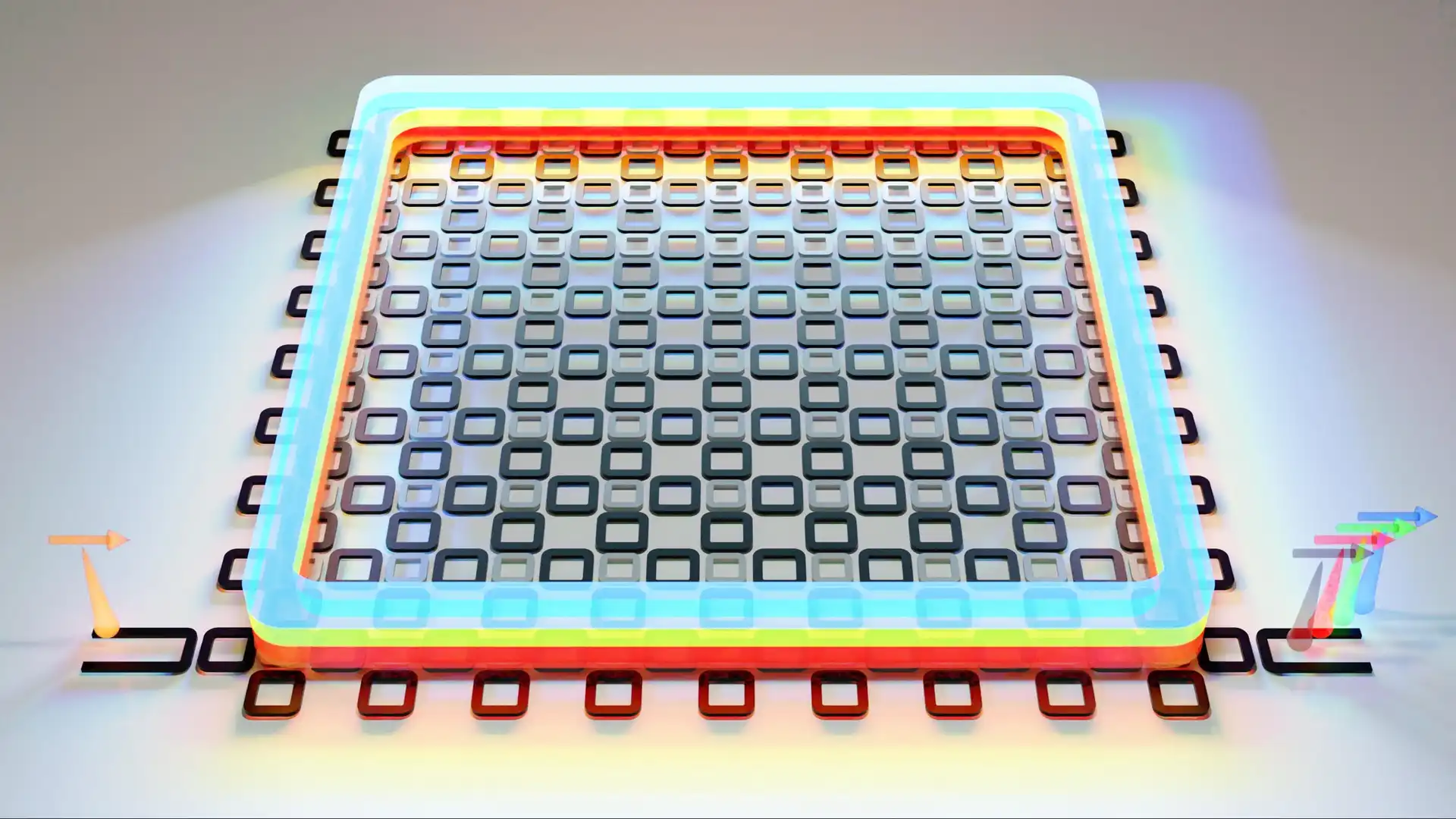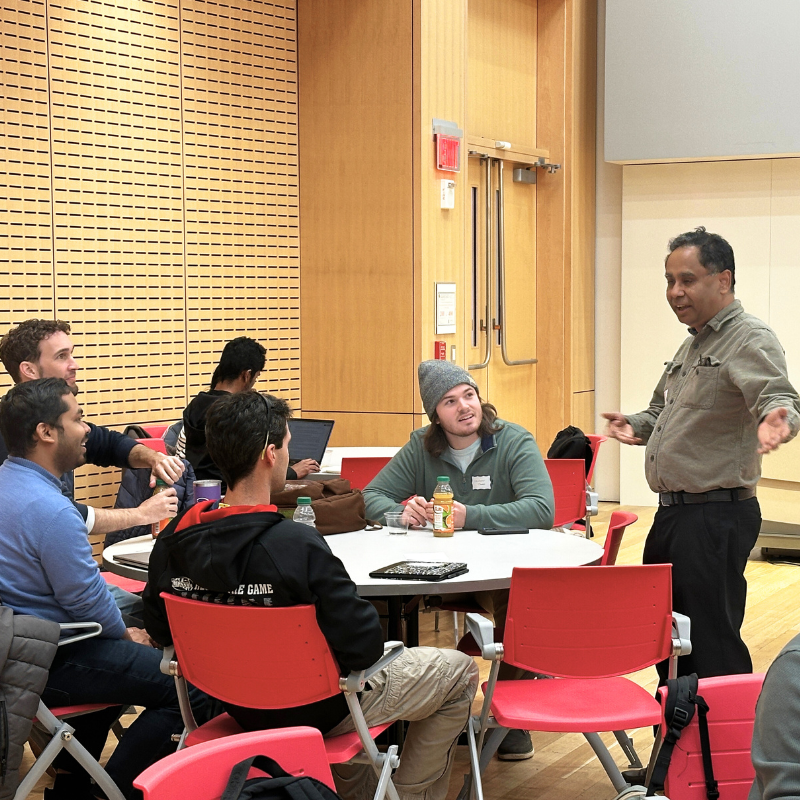News Story
New pyroelectric system transmits power wirelessly, harvesting and storing energy from heat source

The integrated system for thin-film pyroelectric energy harvesting. (Illustration by Zeyu Zhang)
In our energy-hungry world, scientists have been working towards better ways to harvest power from renewable environmental resources and more easily supply electricity to small-scale devices such as those found in the Internet of Things (IOT) and sensor networks.
Waste heat is one source of energy harvesting that has great potential. Whether it comes from electric power generating plants or the refrigerator in your home, heat is a ubiquitous, abundant, and naturally replenished energy source. In recent years, researchers have been working on ways to convert heat to electricity. A phenomenon called “the pyroelectric effect” is one of the newest, and holds plenty of potential.
Both natural crystals like quartz and engineered thin films have the atomic criteria necessary for pyroelectricity, which makes them capable of converting changing temperatures into electricity. Even small changes in temperature can trigger the effect. Researchers are experimenting with using these materials as “heat engines,” and connecting them to energy storage systems.
In groundbreaking work, U.S. Army Research Laboratory (ARL) materials engineer Brendan Hanrahan (UMD MSE Ph.D. 2013), University of Maryland (UMD) Associate Professor Alireza Khaligh (ECE/ISR), and his Ph.D. students Zeyu Zhang and Chuan Shi have built a high-power-density pyroelectric generator and an integrated, high frequency, cycled pyroelectric energy storage system that can transmit heat wirelessly via lasers, then harvest electricity from the temperature changes and store it. Their new paper, “Management and storage of energy converted via a pyroelectric heat engine,” has just been published in the Elsevier journal Applied Energy.
This is the first time high-frequency-cycled pyroelectric energy conversion has been successfully combined with the ability to recharge batteries. The researchers’ management system consists of a laser beam heat source; an advanced energy converting device using a Lead Zirconate Titanate pyroelectric thin film material; a practical synchronizing power interface; and an energy storage component. The “testbed” circuit system will make it possible to test the performance of various pyroelectric thin-film materials.
Additional improvements to the circuit are forthcoming, says lead author Zeyu Zhang. “Ultra-fast temperature changes on the thin film pyroelectric device have produced challenges for the circuit design,” Zhang says, “which needs to sustain an optimized thermodynamic cycle for the material and harvest the converted energy at the same time. We have looked into different methods to tackle the problem and successfully come up with an efficient prototype that achieved high frequency (1 kHz) pyroelectric energy converted into a real battery. We expect with more advanced materials being manufactured, the energy conversion can be conducted more efficiently and will be easier to manage.”
The work was funded under the ARL Frontiers program, which selects specific technologies and accelerates their readiness level.
“ARL was looking for a partner to take interesting material property (pyroelectricity) and turn it into a practical device,” says Brendan Hanrahan. “Before this, I had developed the technology to the point where it generated real power—but it was only hooked up to lab equipment; not really making use of the power generated. We at ARL reached out to Dr. Khaligh and his group because we knew his lab could bring us to the prototype level.”
The system has shown great potential in thermal energy harvesting for small-scale distributed devices and could be further converted into a version incorporating all-passive energy harvesting. The use of a laser source enables the system to achieve wireless power transmission, a flexible way to supply power to multiple devices. In the future, sources other than lasers that feature fluctuating heat will be tested as energy sources and incorporated into the system.
A limited-time, all-access link to the paper can be accessed here.
Published September 21, 2018
















